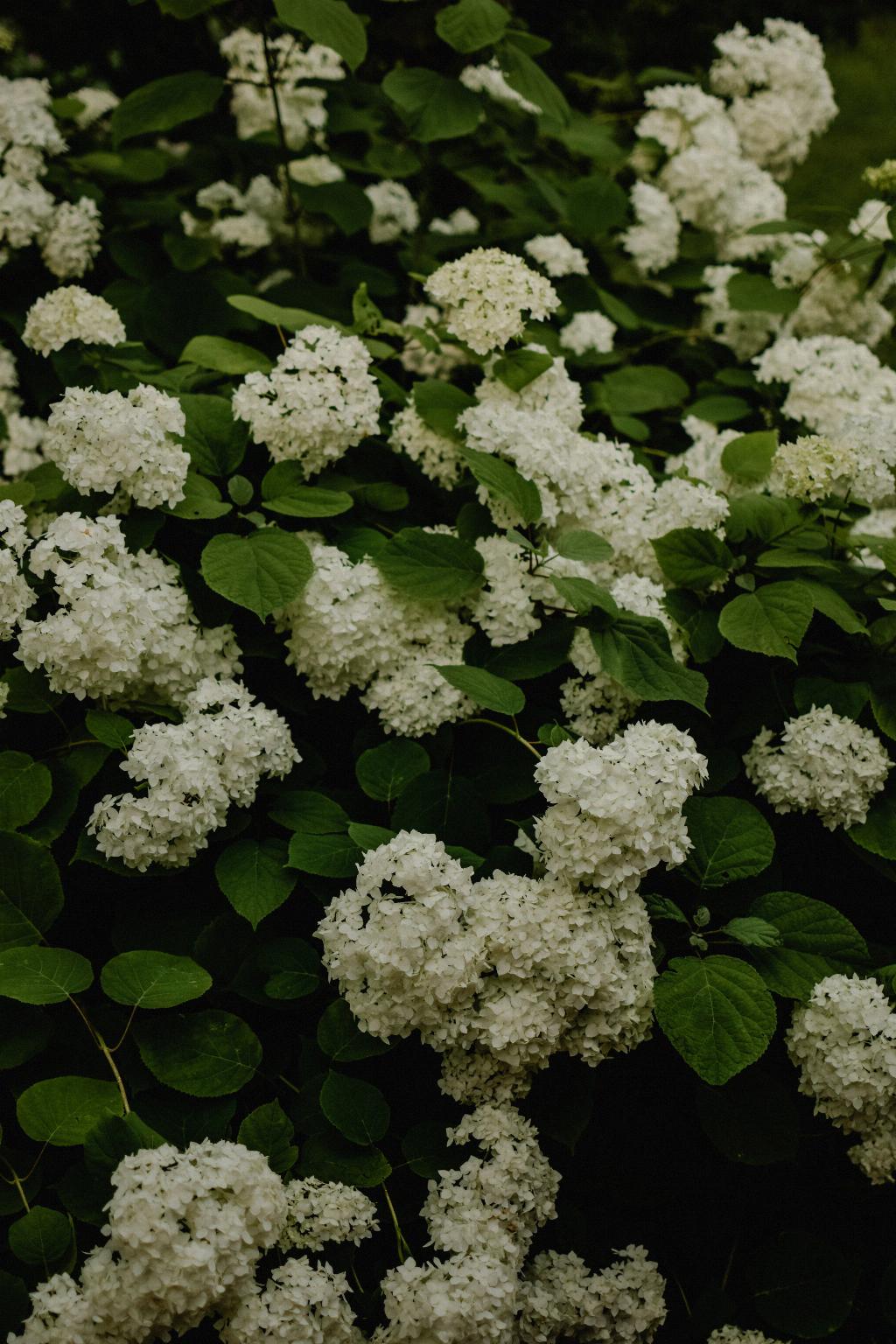Hydrangeas are beloved for their beautiful blooms and versatility in gardens, but knowing the best time to plant them can greatly impact their success in your outdoor space. So, when can you plant a hydrangea? Let’s delve into the details to ensure your hydrangeas thrive in their new home.
1. Late Spring Planting
In regions where frost is a concern, it’s best to aim for late spring for hydrangea planting. Wait until all danger of frost has passed to ensure the young plants won’t be damaged by unexpected cold snaps.
2. Early Fall Planting
Alternatively, early fall can be an ideal time to plant hydrangeas. As the night temperatures start to cool down, it creates a conducive environment for the plants to establish themselves before the onset of winter.
3. Climatic Considerations
It’s crucial to consider your specific climate when determining the best time for hydrangea planting. If you live in an area where the ground freezes, aim to have the plants in the ground at least six weeks before the first anticipated frost to allow them to set their roots securely.
4. Soil Preparation
Prior to planting hydrangeas, ensure the soil is rich in organic matter and well-draining. Hydrangeas prefer slightly acidic soil with a pH level between 5.5 and 6.5, so amending the soil accordingly can set them up for success.
5. Sunlight Requirements
When selecting a planting site for hydrangeas, consider their sunlight needs. While some varieties can tolerate full sun, most prefer partial shade to thrive. Assess your garden’s sun exposure to choose the optimal location.
6. Watering Schedule
Hydrangeas require consistent moisture to flourish, especially during their initial establishment period. Develop a watering schedule that keeps the soil evenly moist but not waterlogged to support their growth.
7. Mulching Benefits
After planting hydrangeas, apply a layer of mulch around the base of the plants to retain moisture, suppress weeds, and insulate the roots. Mulching also helps in maintaining a consistent soil temperature, which hydrangeas appreciate.
8. Pruning Practices
It’s essential to understand the specific pruning requirements of your hydrangea variety to avoid inadvertently cutting off next season’s blooms. Research the pruning guidelines for your particular type of hydrangea to promote healthy growth.
9. Overwintering Precautions
As winter approaches, consider protective measures for your hydrangeas if you live in a cold climate. Mulching the base of the plants and wrapping them in burlap can shield them from harsh winter conditions.
10. Fertilizing Tips
Feeding your hydrangeas with a balanced fertilizer in spring can boost their growth and blooming potential. However, avoid over-fertilizing, as excessive nutrients can hinder flower production and lead to leggy growth.
11. Monitoring Growth
Regularly inspect your hydrangeas for signs of pests, diseases, or nutrient deficiencies. Early detection of issues allows for prompt action, preventing potential setbacks in their development.

12. Enjoying the Blooms
With proper care and attention to planting timing, soil conditions, and maintenance practices, you can look forward to a bountiful display of hydrangea blooms in your garden. Sit back, relax, and admire the beauty you’ve nurtured!
